
On average, the world’s leading brands see a lift in organic traffic by over 58% from multilingual SEO.
For some companies, like Amazon, Wise, and Canva, multilingual SEO strategies deliver over 50% of their total organic traffic, contributing billions in top-line revenue.
Multilingual SEO performance of top global companies
| Company | Organic multilingual keywords | Organic multilingual traffic ↓ | % Lift in Organic Traffic |
|---|---|---|---|
| Wise | 61.11% | 67.19% | 204.78% |
| Canva | 43.48% | 62.15% | 164.20% |
| Amazon | 49.53% | 52.46% | 110.35% |
| Wix | 29.61% | 39.09% | 64.17% |
| Trustpilot | 35.06% | 39.00% | 63.93% |
| Wordpress | 23.17% | 30.06% | 42.98% |
| Shopify | 29.91% | 28.57% | 39.99% |
| AMEX | 36.52% | 20.98% | 26.55% |
| Godaddy | 24.11% | 15.87% | 18.86% |
| Paypal | 42.39% | 14.32% | 16.71% |
| Average | 37.49% | 37.00% | 58.73% |
Instead of creating yet another “ultimate guide”, I’ve tailored this post to show you creative examples of how real-world companies succeed with multilingual SEO.
The secret is in how they decouple language targeting and regional targeting.
We’ve got you covered. Download the checklist below or check out our comprehensive guide to international SEO if you’re new to targeting multiple languages in your SEO strategy.

Multilingual SEO focuses on targeting the languages and dialects your audience speaks, no matter where in the world they are.
A common flaw in most people’s logic when thinking about multilingual SEO is that you have to target the native language spoken in the regions you’re targeting.
For instance, if you’re targeting India, then you need to translate your content into the most common language or dialect spoken in India, like Hindi. This is what I think of as a one-to-one approach to multilingual SEO (one region, one language).
It’s the most basic international SEO strategy you could consider.
Where it gets fun is breaking apart the idea that you have to target the native language of each region. You don’t.
Use Ahrefs’ Multilingual SEO Matrix to separate regional and language targeting
Ahrefs’ Multilingual SEO Matrix is an original framework designed to optimize global SEO strategies by categorizing efforts across two key dimensions: languages and regions.
Unlike traditional multilingual SEO, which typically focuses on content translation or localization, the Multilingual SEO Matrix offers a more strategic approach by considering the interplay between linguistic diversity and regional specificity.
| Region | Language | Example |
|---|---|---|
| One | One | Like targeting people in Australia with Australian English. |
| One | Many | Like targeting both French and English speakers in Canada. |
| Many | One | Like targeting English-speaking expats or travelers worldwide. |
| Many | Many | Pretty much targeting anyone, anywhere, however you like. |
Here are examples of where some organizations sit in the multilingual SEO matrix.
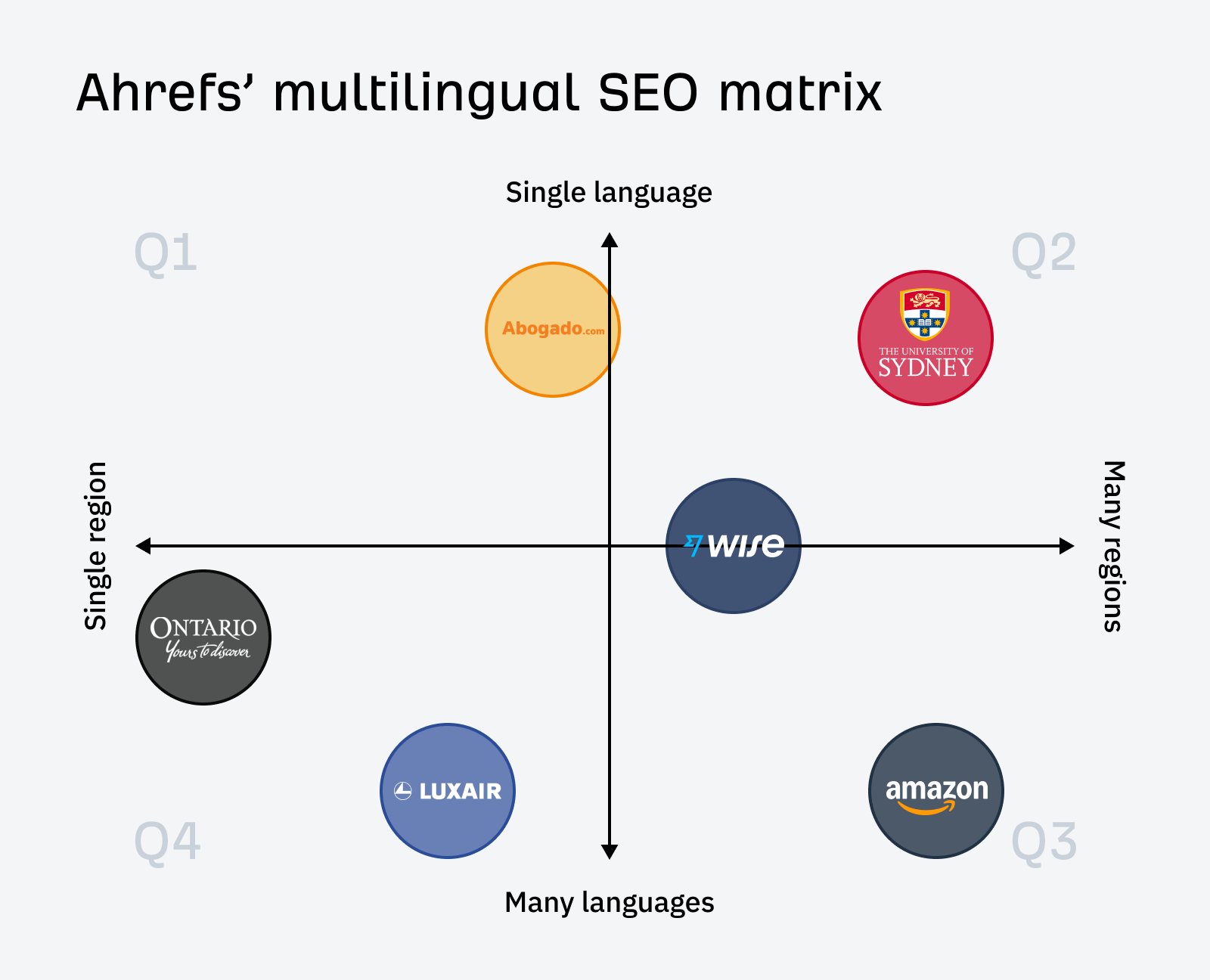
This matrix divides SEO strategies into four quadrants:
Q1 (Single Language, Single Region): Focuses on tailoring content for a single language in a specific geographic region, ensuring both linguistic accuracy and local relevance. It’s the most common for local businesses and becomes a multilingual strategy when the target language is not the native one used in the region.
Q2 (Single Language, Many Regions): Optimizes content for one language while targeting multiple regions, considering regional search behaviors and platform preferences. There’s a lot of creative potential to drive a strategy in many different directions in this quadrant.
Q3 (Many Languages, Many Regions): A comprehensive, global approach, translating content into multiple languages and optimizing it across various regions with tailored strategies. It’s the most common application of multilingual SEO that you’ll see, especially among big companies.
Q4 (Many Languages, Single Region): Targets a single geographic region but in multiple languages, particularly useful for regions with diverse linguistic communities or where multiple dialects are used.
By using this Multilingual SEO Matrix, businesses can more effectively prioritize their multilingual SEO efforts, ensuring that each language and region is served with a tailored strategy that aligns with both local search behaviors and global goals.
However, the secret sauce lies in the details of how they target these countries and languages.
It gets quite fun when you also start adding these parameters to the mix:
- Dialect targeting: For instance, there are 14 different ways to say popcorn in Spanish-speaking dialects. If nuances like this are important to your brand, you may need to be more precise with your translations and dialect targeting in your multilingual SEO strategy.
- Dominant vs non-dominant language targeting: For instance, if you’re targeting Spanish speakers in the US, that’s non-dominant language targeting since English is more commonly spoken. It makes sense to do this if you offer services specific to the US’ Spanish-speaking community though.
The possibilities are endless.
That’s why, when creating our AI keyword translator, our product team made it possible to decouple language and regional targeting.
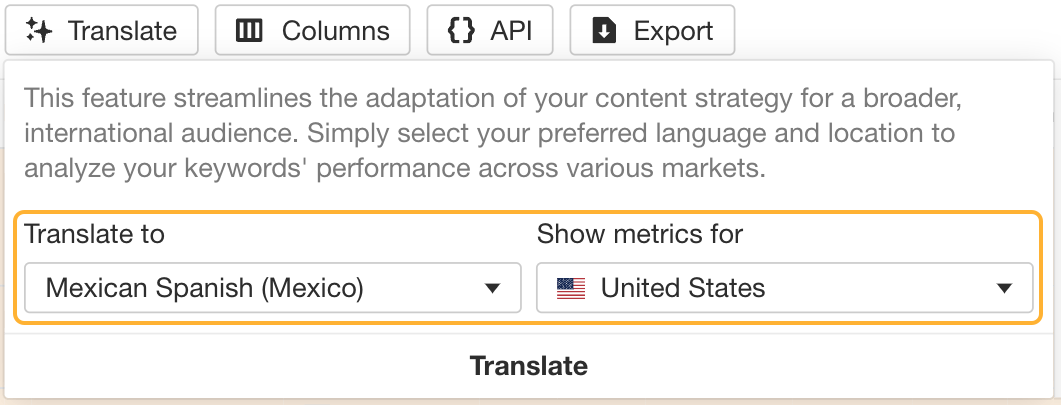
For instance, you can translate an entire list of keywords into any language you like and get the search volume in any country you’re targeting.
Here are some of my favorite examples of brands thinking creatively and outside the box with their multilingual SEO strategies.
Abogado.com offers legal services in the United States. However, its priority market is Spanish speakers.
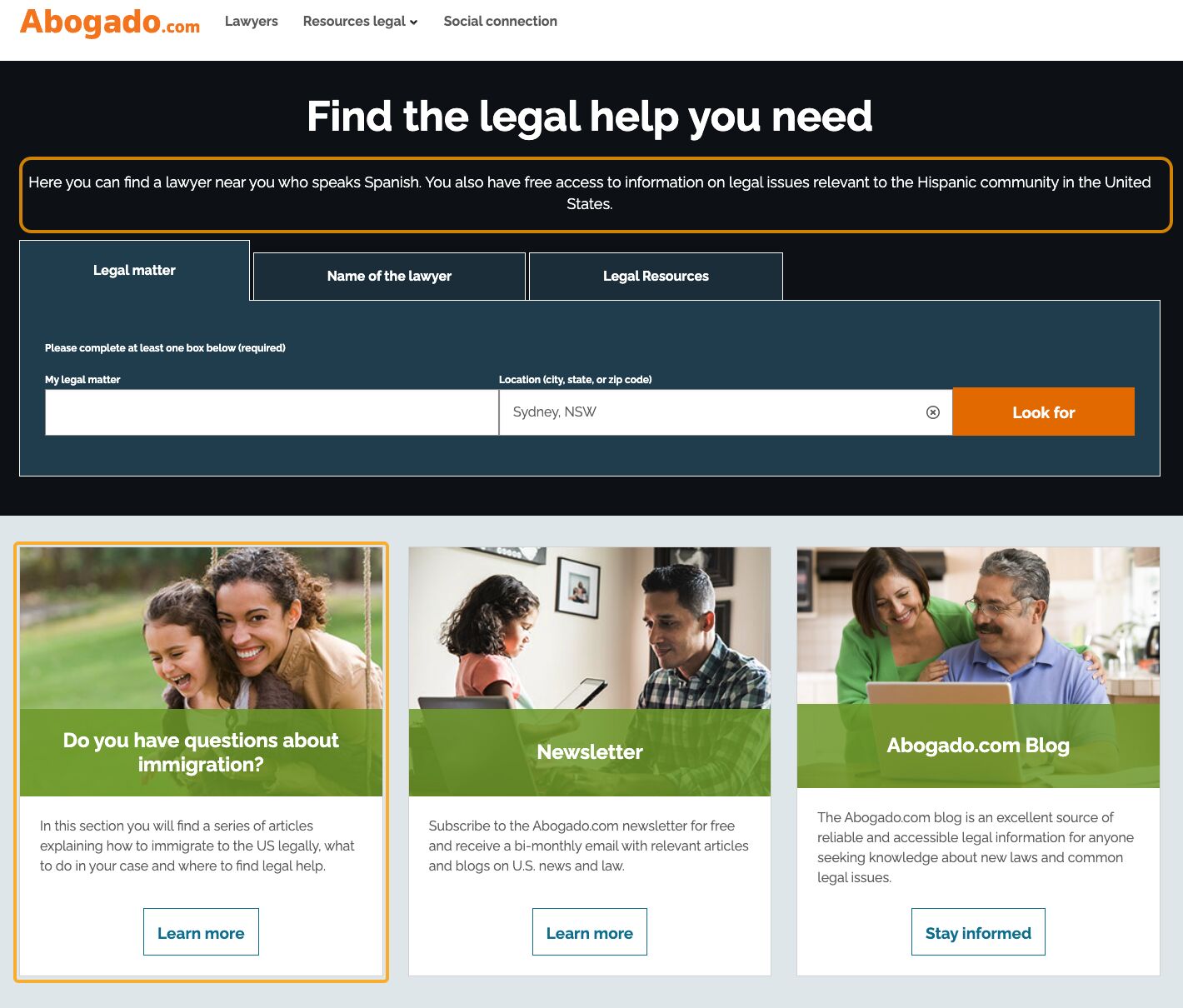
This is a translated screenshot of Abogado.com’s homepage.
Looking at Ahrefs, we can clearly see it gets most of its traffic within the US:

But, it also appeals to Spanish speakers worldwide who want to migrate to the US. The brand name translates to lawyer.com, so it’s not surprising it picks up rankings in all these other Spanish-speaking countries.
But, as a strategy, I’d say this one mainly falls in the “one language (Spanish), one region (US)” category.
Even though it gets decent traffic from Mexico, that’s because the entire website is written in neutral Latin American Spanish. It’s not specifically optimized for the Mexican dialect.

This strategy can be interesting for local businesses that normally would not think about international SEO because they operate in a small area.
Since the whole point of this article is to show you how you can target other languages separately from the regions you’re targeting, allow me to show you why Abogado.com’s language-led SEO strategy could be viable for many local businesses.
For instance, “dentist near me” is a classic local keyword.
In the US, it has a search volume of 393,000 per month and a difficulty of ~39, which makes this a reasonably competitive keyword:

But, looking at Spanish searches in the US for the same keyword, we see it has 13,000 searches per month and a difficulty score of 2, making it very easy to target:
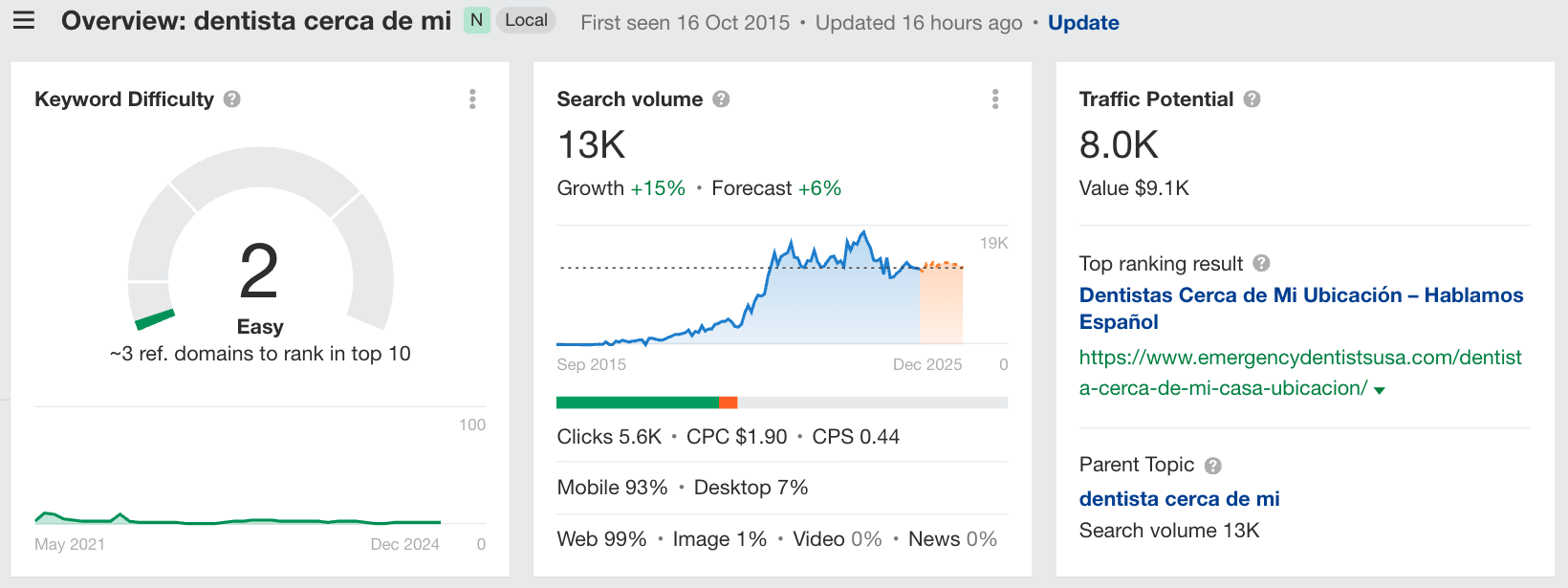
Looking at the potential traffic of each keyword, for the English version, only 2.8% of searches equate to traffic. For the Spanish version, it’s 61.54%.
Sure, it only gets 13,000 searches compared to 393,000, but it also attracts a far bigger slice of the traffic pie and has virtually no competition.
It’s getting more challenging to find keywords that are this lucrative, especially for local businesses.
Thinking about multilingual SEO strategies is a no-brainer if your target region has a decent amount of immigrants, expats, or even transient travelers who would benefit from your services.
Wise’s product is all about making money accessible globally. It solves a major pain point for anyone traveling or living abroad.
A core element of its multilingual SEO strategy is targeting native speakers of a language outside their home country. For example, here are two blogs targeted at people living in Japan.
One is for native speakers, found at https://wise.com/jp/blog/:

And the other is for English-speaking expats, found at https://wise.com/en-jp/blog/:
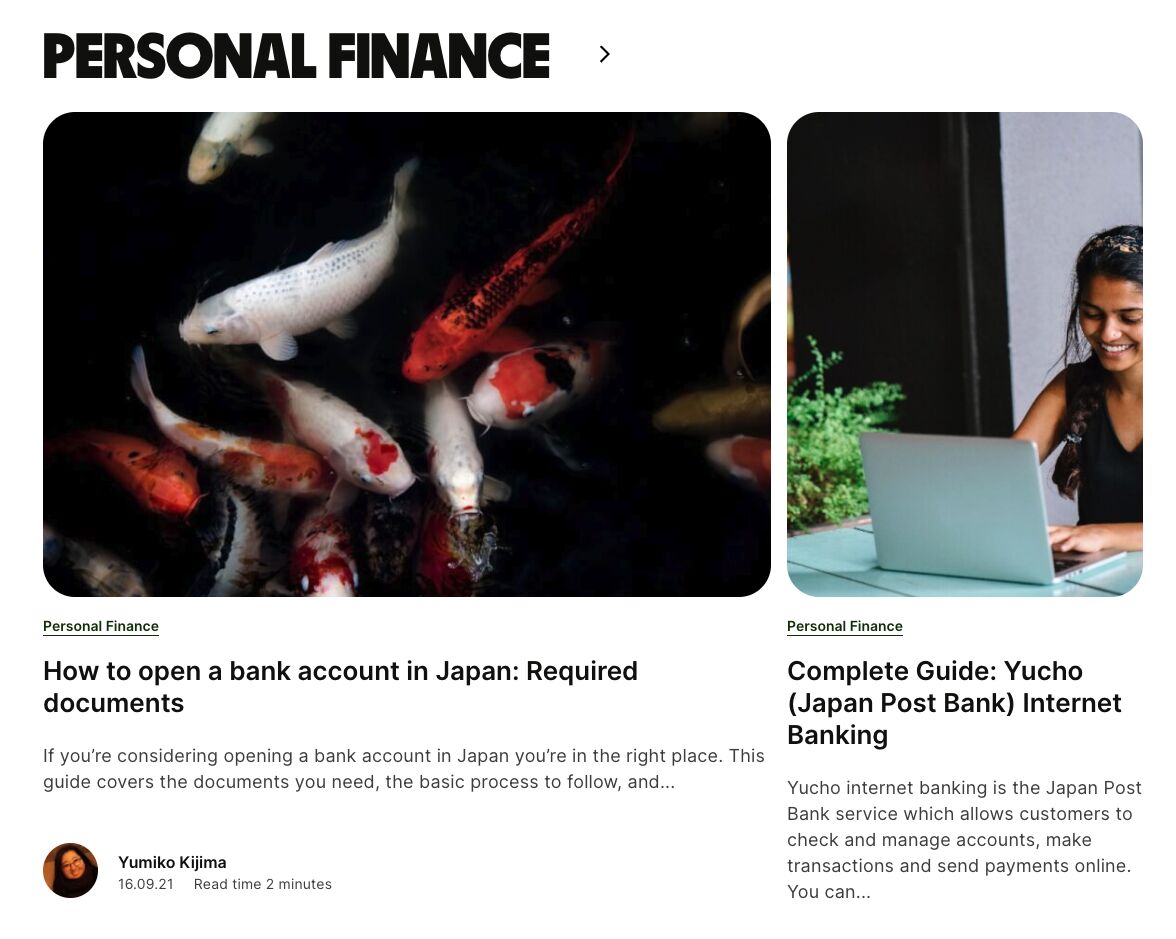
On the surface, you’re probably thinking that the content is likely the same and just translated from one language to the other. That’s where you’d be wrong.
Instead, Wise tailors its content to the needs of each audience segment. It’s a great example of targeting a single region with multiple languages.
For Japanese locals, it has content about things like overcoming local bank limits, how to move abroad, and how to open bank accounts overseas as a Japanese citizen.

For expats, it has content about how foreigners can open a bank account or credit card in Japan and easily access their money.

Wise’s unique selling proposition is different for each audience, so it tailors its content strategy accordingly.
But it doesn’t just stop there.
Wise does this across many countries and languages it operates in. It has over 74 sub-folders targeting different languages and regions. That’s how it scales its organic visibility worldwide to reach foreigners and travelers in all the countries it operates within.

What’s particularly interesting is how big of an opportunity non-English searches are for Wise.
For instance, looking at the keywords that get the most traffic in Japan, they’re neither in English nor Japanese. They’re Vietnamese:
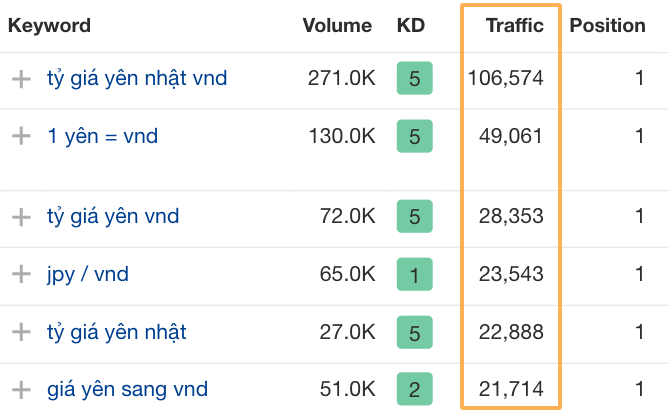
It’s easy to say that companies like Wise target many languages across many regions. Most people would think they’re writing in Japanese for audiences in Japan, in Vietnamese for audiences in Vietnam, and so on.
It’s not immediately obvious that they’re succeeding because they are separating their language targeting from their regional targeting. And, they’re doing it at scale.
That’s what’s driving most of their performance.
Like Wise, Canva also optimizes for many languages across many regions. But it does so in a radically different way (and with good reason since it has a different business model).
For instance, it focuses a lot more on dialects, especially in Spanish-speaking markets:
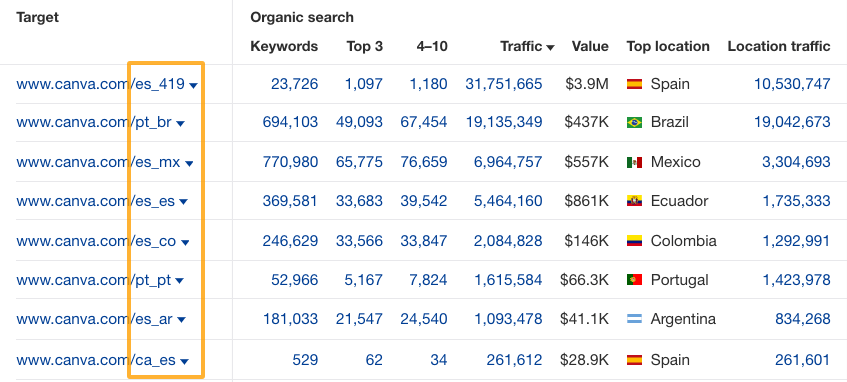
It customizes its content for each language and dialect.
What impressed me most is that it doesn’t just customize the text on the page, but it also makes language-led design decisions.
For instance, the design styles and preferences are different for a French person compared to someone from Mexico. They are used to seeing different colors and styles in the media around them, so their needs and preferences in a design tool are naturally different.
I love how Canva not only understands this but tailors its content and design to each audience’s preferences.
For example, here’s a snapshot of Canva’s French resume templates page:
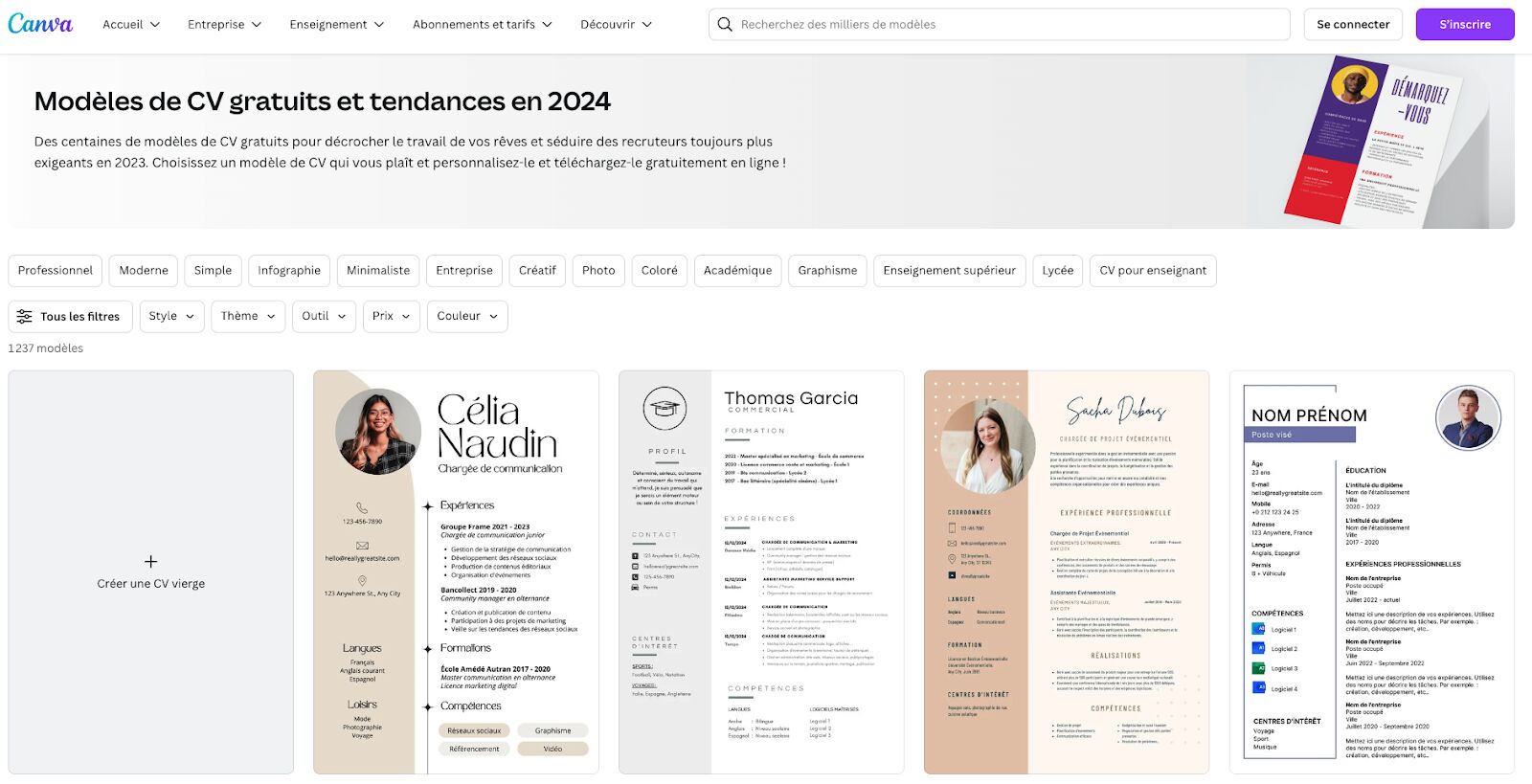
Notice how:
- The text is all in French
- The text in the banner image is also in French
- The resumes are all in French
- The example names on the resumes are French
- The design favors soft, quiet, and neutral colours
- The design feels clean, elegant, and sophisticated
Now compare this with the Mexican Spanish resume templates page:
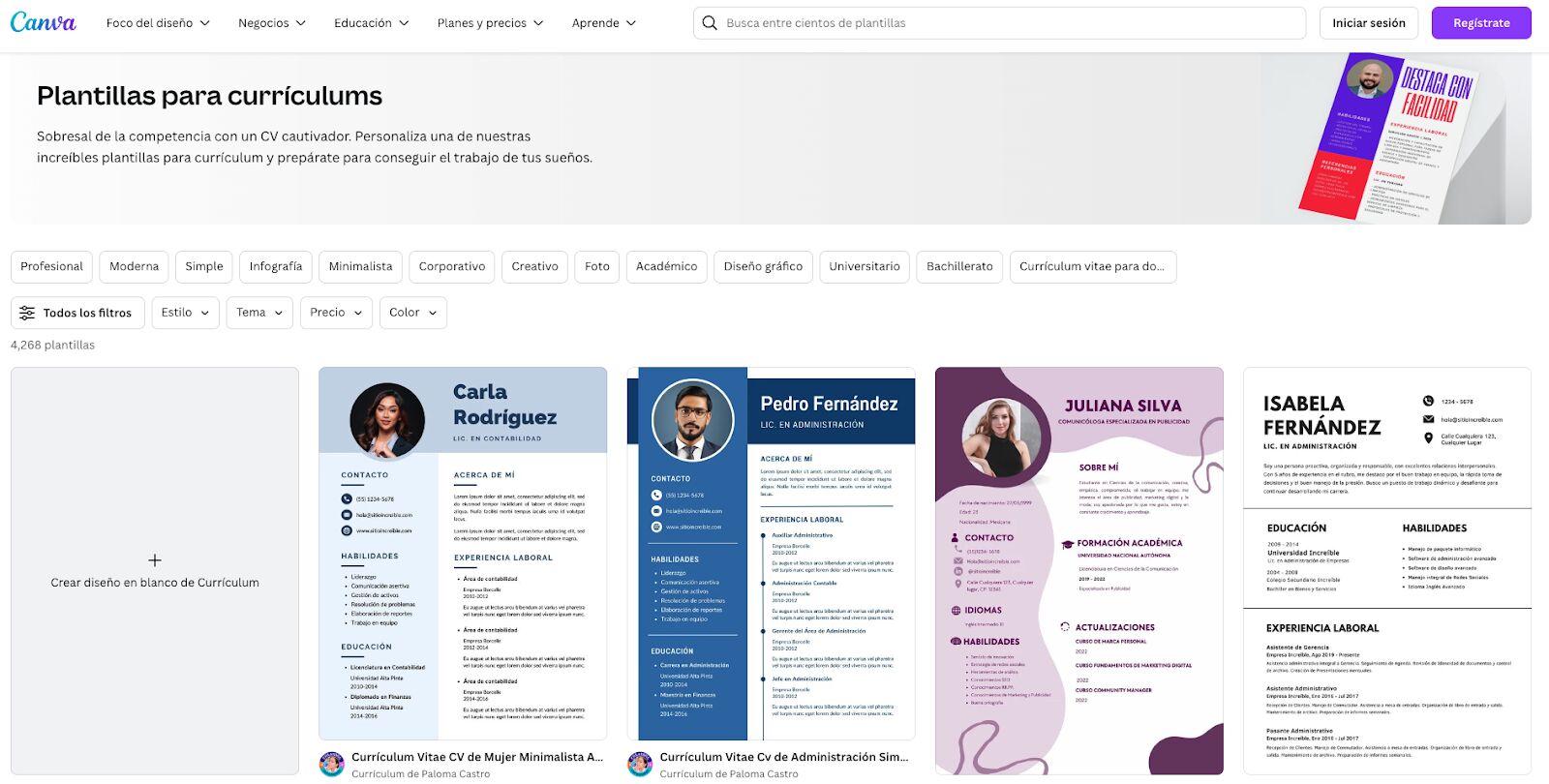
Notice how the look and feel of the resumes is different? It’s louder, more vibrant, and colorful than the French resumes.
The profile images and names of people on the resumes would also feel more familiar to a Mexican audience.
This is an example of a language-led design decision.
Canva went above and beyond simply translating the words to translating the entire experience for different audiences.
Amazon also makes language-led design decisions on some of its ccTLD domains.
A ccTLD is a country-code top-level domain. For instance, .ca is the ccTLD for Canada, .co.uk is the one for the United Kingdom, and so on.
Amazon has a rather intricate and complex setup for its global targeting, with at least 22 different websites using different ccTLDs.
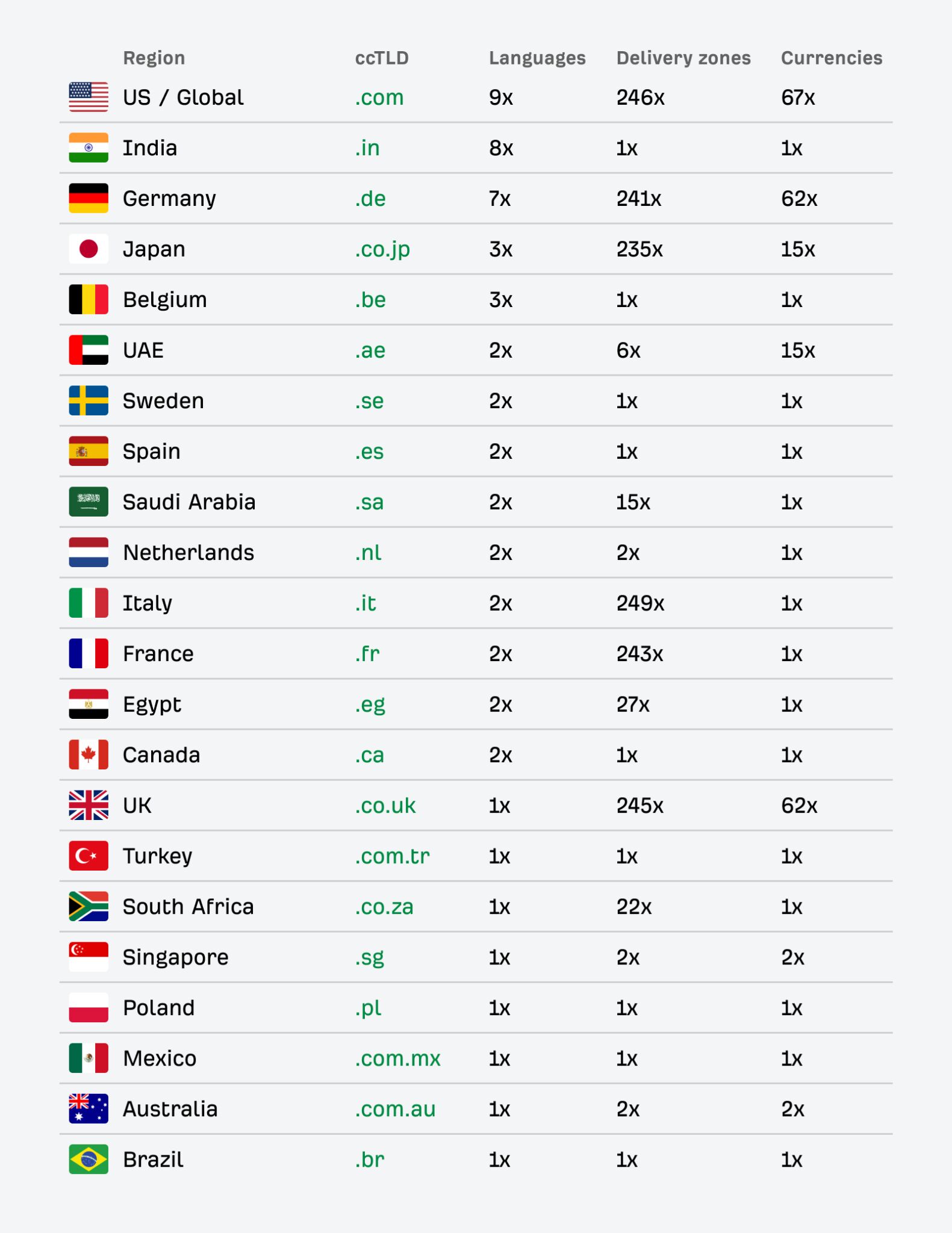
Each ccTLD targets different languages, delivery zones, and currencies.
An example of how it makes language-led design decisions is on its Arabic websites where the entire design is flipped right-to-left.
For instance, the logo is usually in the top left corner, but whenever someone changes their preferred language on Amazon to Arabic, it moves to the right corner.
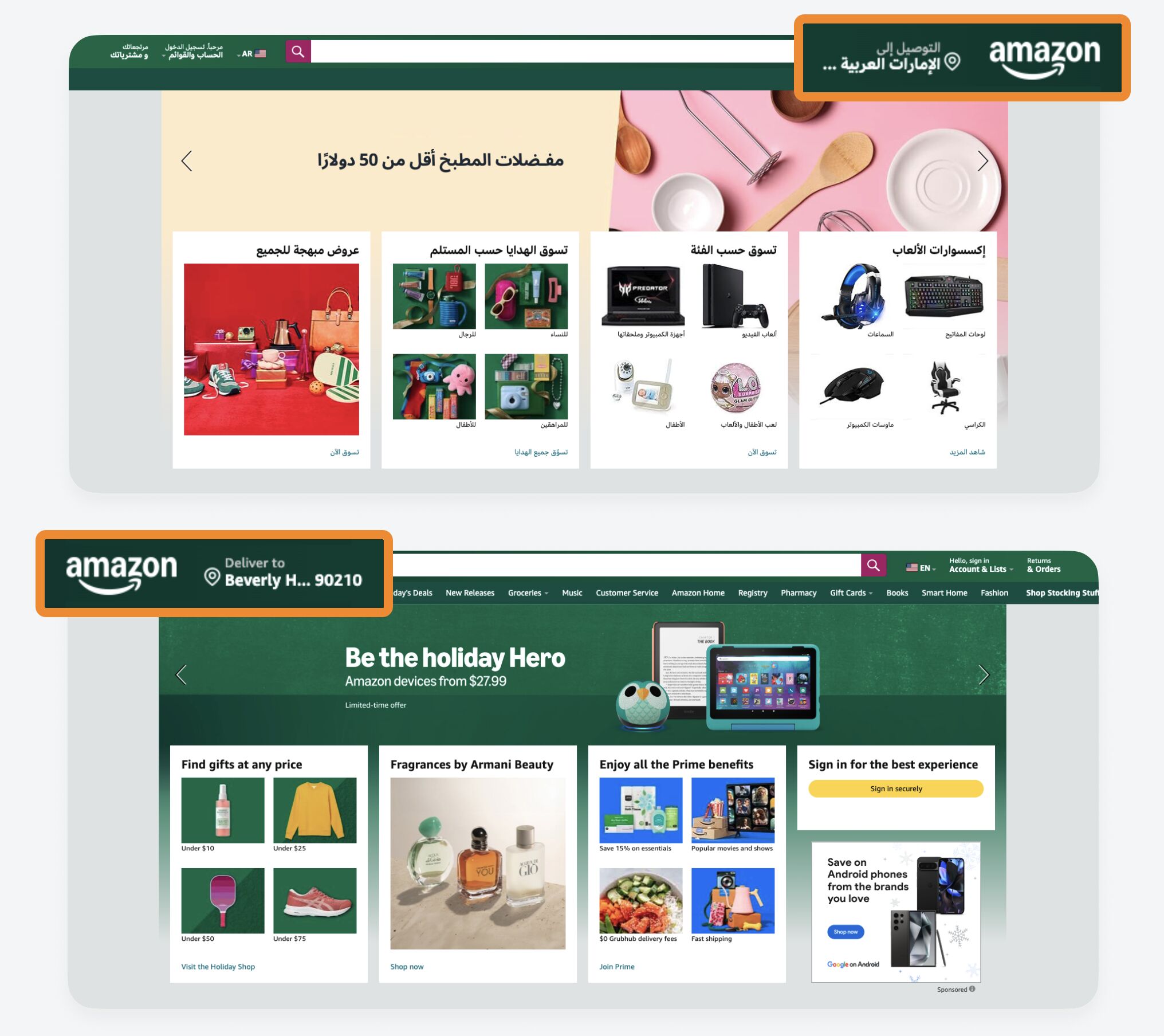
It also uses a mix of multilingual strategies across all its websites:
- One language, one region: it uses this approach for ccTLDs that target one country like Turkey, Poland, Brazil or Mexico.
- One language, many regions: it uses this approach for ccTLDs that cover delivery to nearby countries that also speak or understand a common language. For example, in the UK, South Africa, Singapore and Australia.
- Many languages, one region: this is not a common approach for Amazon. It only uses it in countries where more than one language is frequently spoken by locals, such as Canada and Belgium.
- Many languages, many regions: Most of Amazon’s ccTLDs fall into this category, especially for the ccTLDs that can handle 230+ delivery zones or 60+ currencies. However, the language targeting is different for each.
Even though Amazon delivers to almost 250 different countries and regions, it only has 25 languages across all its domains.
In some regions, English is the only language available on the website, even if there are other more common languages spoken by locals in those regions.
For example, the .sg website handles delivery to Malaysia and Singapore but only has English available. The website for South Africa handles deliveries to over 22 regions within Africa, but again only has English available.
The point here is that multilingual SEO is more than it initially looks like on the surface.
Even Amazon strategically separates the regions it targets and the languages it uses in each. Sometimes, it uses the native language, other times, common dialects, and in rare cases, English is the only option, even if other more popular languages and dialects are spoken in a region.
Want me to create a more in-depth analysis of multilingual SEO?
Being able to find multilingual SEO opportunities for your website is one thing. Getting SEO buy-in and budget to implement them is another.
You and I may know how important multilingual SEO is for companies that want to expand globally, but non-SEO stakeholders often don’t connect the dots without some fancy schmancy stats to grease the wheels.
So, if you want me to turn this into a bigger study looking at how effective multilingual SEO is for the world’s leading brands, leave a comment here.
Feel free to also request specific data points or companies you think would help your boss give you more money to do more SEO things 😉



